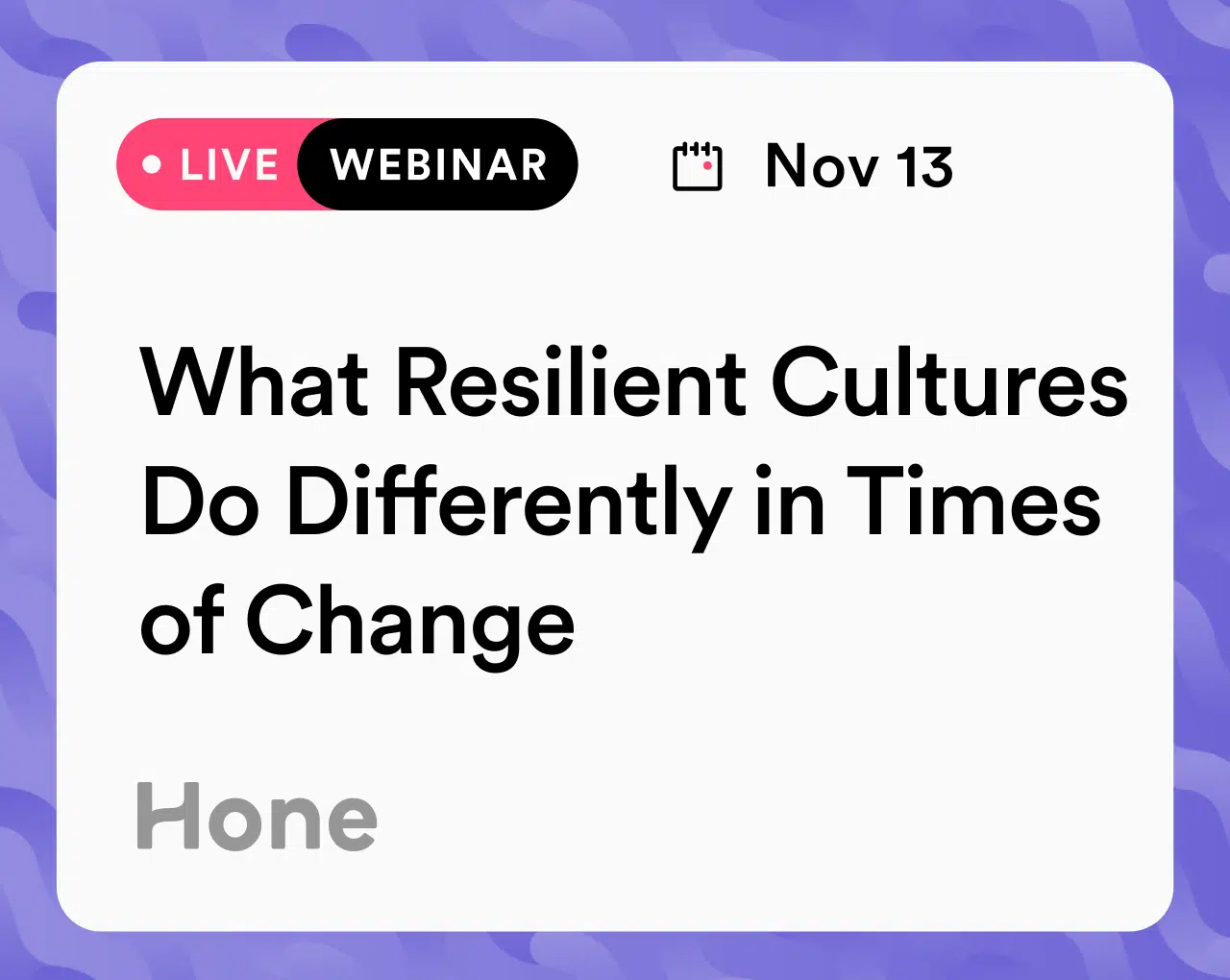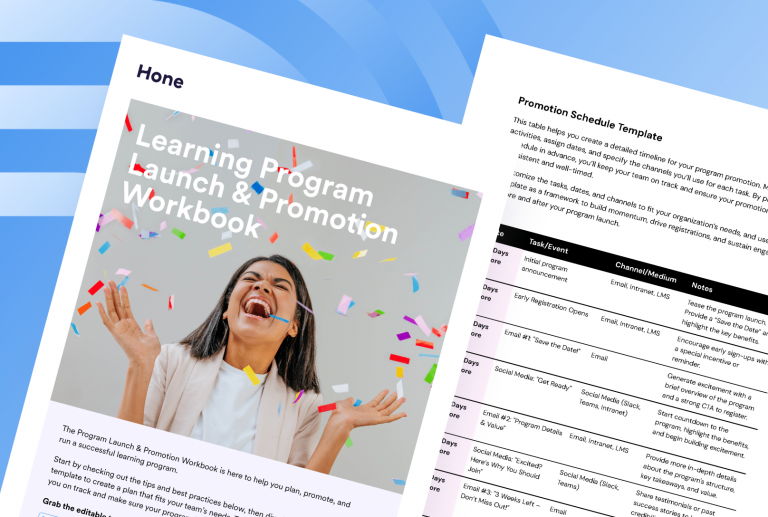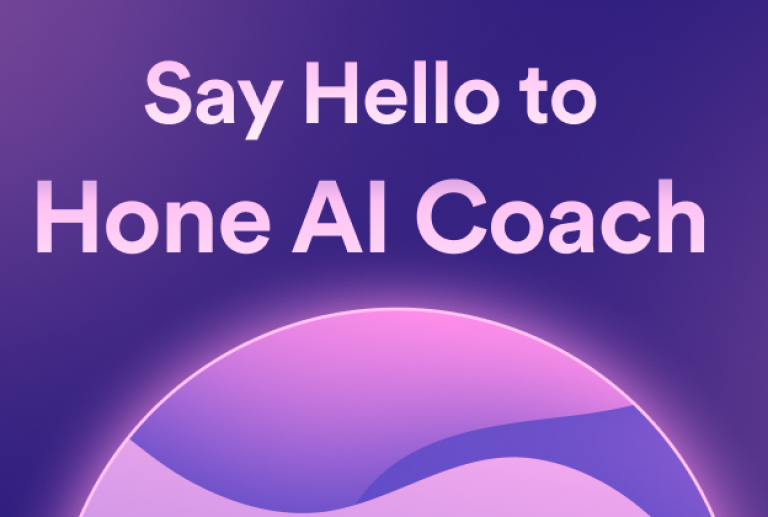What are Talent Assessments?
The definition of talent assessments refers to tools used by L&D professionals to evaluate the knowledge, skills, abilities, and potential of employees. Talent assessments typically provide objective, data-driven insights into an individual’s strengths, weaknesses, and developmental needs.
- According to a study by Aberdeen Group, companies that use pre-employment assessments are 36% more likely to be satisfied with their new hire and experience 39% lower turnover rates.
- A report by the Talent Board found that companies that use talent assessments as part of their candidate selection process are more likely to have a positive candidate experience and improve their employer brand.
- A survey by the Society for Human Resource Management (SHRM) found that 78% of human resource (HR) professionals say the quality of their organization’s hires has improved due to their use of assessments.
By using these assessments, professionals can make more informed decisions about employee selection, promotion, and training, ultimately leading to better outcomes for both the individual and the organization.
What are the 3 Components of Conducting a Talent Assessment?
The components of a talent assessment may vary depending on the specific purpose and context, but the following are the three common components.
1. Planning
Before conducting a talent assessment, conducting a thorough job analysis is important to identify the key competencies, such as the knowledge, skills, abilities, and personal characteristics (KSAPs) required for success in a particular role. This involves reviewing the job description, observing current employees in the role, and talking to subject matter experts to identify the essential tasks, responsibilities, and performance expectations for the job.
According to a study by the Society for Industrial and Organizational Psychology (SIOP), job analysis is the most used method for identifying job-related KSAPs in talent assessment.
2. Execution
Various assessment tools can evaluate an individual’s KSAPs, so leadership must select the appropriate assessment methods. The specific tools selected will depend on the KSAPs identified in the job analysis and the goals of the assessment.
3. Evaluation
Once the assessment data has been collected, it’s important to establish evaluation criteria for interpreting the results. This involves setting standards or benchmarks for high, average, and low performance on the assessment tools used. Evaluation criteria should be based on empirical data and tailored to the assessment’s specific context (e.g., the job role, industry, and organization).
What are the Types of Talent Assessments?
Talent assessments can take many forms, including tests, surveys, and simulations. Organizations use them to evaluate competencies such as cognitive ability, personality traits, job-specific skills, and leadership potential.
By administering these assessments, L&D professionals can better understand an individual’s capabilities and determine how best to support their professional growth and development.
Types of assessments commonly used include the following.
Personality Tests
Personality tests can provide insight into an individual’s strengths, weaknesses, and work style. They can be a valuable tool for employers to identify candidates who have the potential to be successful in a particular position.
Many different types of personality tests exist in talent assessment, but some of the most common include:
- The Myers-Briggs Type Indicator (MBTI)
- The Big Five Personality Traits
- The DISC assessment.
Each assessment measures different aspects of personality, such as extraversion, agreeableness, conscientiousness, openness to experience, and emotional stability.
By identifying candidates with the right personality traits for a particular role, employers can improve their chances of finding candidates who are a good fit for their organization and have the potential to succeed in their job.
Cognitive Ability Tests
Employers use cognitive ability tests, also known as aptitude tests, to evaluate job candidates and determine their ability to learn and problem-solve in the workplace. These tests are designed to measure an individual’s cognitive skills, such as verbal, numerical, and abstract reasoning.
Some of the most common cognitive ability tests include:
- The Wonderlic Personnel Test
- The Watson-Glaser Critical Thinking Appraisal
- The Raven’s Progressive Matrices
Each assessment measures different aspects of cognitive ability, such as logical reasoning, pattern recognition, and problem-solving.
Cognitive ability tests help employers make informed hiring decisions, reduce training time and costs, and improve team performance. By identifying candidates with the right cognitive skills for a particular role, employers can improve their chances of finding candidates capable of learning quickly and adapting to new challenges.
Performance Reviews
Performance reviews are assessments that evaluate employees’ job performance. These reviews are designed to provide feedback to employees about their strengths and weaknesses and to help employers identify areas for improvement and growth.
Performance reviews can take many forms, but they typically involve a combination of objective and subjective assessments. Objective assessments might include metrics such as sales figures or production numbers, while subjective assessments might include feedback from supervisors, colleagues, and customers.
Employers use performance reviews to help them make informed decisions about promotions, bonuses, and salary increases and identify employees who may need additional training or support. Additionally, performance evaluations can help employees set goals and develop a plan for professional growth and development.
Situational Judgment Tests
Situational judgment tests (SJTs) show how job candidates or employees respond to specific workplace scenarios. SJTs are designed to measure an individual’s decision-making abilities and problem-solving skills in a simulated work environment.
In an SJT, candidates are presented with a series of hypothetical scenarios or problems they might encounter in the workplace and are asked to choose the best course of action from a list of options. The scenarios are typically designed to be relevant to the evaluated role and can vary in complexity.
Skills Tests, Work Samples, and Simulations
Skills tests, work samples, and simulations measure an employee’s specific skills, job abilities, and proficiency in a particular area, such as computer skills, typing speed, foreign language proficiency, or technical skills.
Work samples and simulations provide a more accurate and realistic evaluation of an individual’s skills and abilities than traditional interviews or tests since they measure the skills and abilities in a simulated work environment.
These assessments can take many different forms, depending on the skills being evaluated, for example:
- A skills test for a programming position might involve asking candidates to write code to solve a specific problem.
- A work sample for a graphic designer might involve asking candidates to create a design based on a specific brief.
- A simulation for a customer service representative might involve asking candidates to handle a series of mock customer interactions.
By identifying candidates with the right skills for a particular role, employers can improve their chances of finding candidates who can hit the ground running and contribute to the success of their organization. Skills tests, work samples, and simulations illustrate how employees would perform on the job and identify areas for improvement or further training.
Why are Talent Assessments Important?
Overall, talent assessments provide many benefits for organizations by leveraging the insights from these assessments to build a more skilled and productive workforce better equipped to meet business goals and objectives.
1. Objective Hiring and Promotion Decisions
They provide objective data that help employers make informed hiring decisions and identify candidates with the skills and abilities needed to perform the job effectively. Employers can make more informed decisions and reduce the risk of bias or discrimination by assessing candidates’ skills, abilities, and work styles.
2. Identifying Skill Gaps
Talent assessments can also be used to evaluate the performance of existing employees and identify areas where they may need further training or development. Employers can improve employee performance and help them reach their full potential by providing employees with feedback and coaching based on their assessment results.
3. Supporting Succession Planning
Employers can use talent assessments to identify employees who have the potential to fill critical roles within the organization. L&D leaders can develop a talent pipeline and support succession planning efforts.
4. Improving Employee Engagement and Retention
Hiring the right candidates and providing existing employees with the necessary training and development can reduce turnover rates. Feedback, coaching, and L&D programs based on their assessment results show employees that their employer is invested in their success. In addition to helping employees reach their full potential, L&D programs can result in significant cost savings for organizations over the long term.
5. Enhancing Team Dynamics
Talent assessments can help organizations build more effective teams by evaluating individual team members’ work styles and personality traits. Managers can build more cohesive and productive teams by understanding each team member’s strengths and weaknesses.
6. Ensuring Compliance
Organizations that use fair and objective assessments can minimize the risk of discrimination claims and ensure they treat all candidates and employees fairly.
4 Examples of Talent Assessments Conducted Successfully
In each of these cases, the organizations achieved significant outcomes by leveraging the insights provided by talent assessments. These businesses were able to build a more skilled and productive workforce and improve their bottom line by identifying high-potential employees, developing a pipeline of talented leaders, and enhancing employee engagement and retention.
General Motors (GM) implemented a talent assessment program to identify high-potential employees and prepare them for leadership roles. The program included cognitive ability tests, personality assessments, and structured interviews. As a result, GM was able to develop a pipeline of talented leaders and reduce the time and cost associated with external hiring.
Hilton Worldwide identified high-performing employees and provided them with development opportunities using a talent assessment program, which included behavioral assessments, cognitive ability tests, and work simulations. Hilton was able to improve employee engagement and retention and increase employee productivity.
Bank of America executed a talent assessment program with various assessments, including cognitive ability tests, personality assessments, and job simulations, to identify and develop high-potential employees. Subsequently, Bank of America created a pipeline of talented leaders and reduced turnover among high-potential employees.
GE Aviation identified and developed high-potential engineers with cognitive ability tests, job simulations, and behavioral assessments. GE Aviation placed top-performing engineers and provided them with targeted development opportunities, which led to improved employee retention and productivity.
What is a Talent Assessment Framework?
A talent assessment framework is a structured approach for evaluating an individual’s KSAPs to determine their potential for success in a particular role or career. The framework typically involves steps or stages designed to gather and analyze data on the individual’s KSAPs.
A typical talent assessment framework may include the following:
- Competency Models define the skills, knowledge, abilities, and behaviors required for success in a particular role or across an organization. They serve as a basis for developing talent assessment tools and selecting appropriate assessment methods.
- Assessment Methods are the tools and techniques used to evaluate a candidate’s competencies and potential for success in a particular role. Some commonly used assessment methods include cognitive ability tests, personality assessments, situational judgment tests, and work samples. The choice of assessment method should be guided by the competency model for the role.
- Feedback Processes are an essential part of the talent assessment framework, as they provide candidates with information on their performance during the assessment process. This feedback can help candidates understand their strengths and weaknesses and identify areas for development. It can also help to increase the perceived fairness and transparency of the assessment process.
What are the Benefits of Using a Talent Assessment Framework?
- Ensuring Consistency: A talent assessment framework provides a structured and standardized approach, ensuring that all candidates are assessed consistently. This consistency helps to improve the reliability and validity of the assessment results and makes it easier to compare candidates against each other.
- Enhancing Objectivity: Frameworks often use objective criteria to evaluate candidates, such as KSAPs or competencies required for a particular role. This objectivity helps reduce personal biases’ influence on the assessment process, making it more accurate and reliable.
- Ensuring Fairness: By using objective criteria and a structured approach, a framework can help to ensure that all candidates are assessed fairly, regardless of their background, ethnicity, or gender. This helps to create a more inclusive and diverse workplace and can improve the employer brand.
- Improving Talent Management Decisions: A framework helps to identify the KSAPs required for a particular role, which can help organizations make more informed talent management decisions. These decisions may include selecting candidates for a particular role, identifying areas for development, and succession planning.
- Cost-Effective: Using a standardized and structured approach, a framework can help reduce the time and cost of the assessment process. It can also improve the quality of hire, reducing recruitment costs associated with turnover.
3 Examples of Talent Assessment Frameworks
- The Competency Framework by the United Nations (UN) identifies the skills and behaviors required for success in different organizational roles. It includes four key competency areas:
- Professional competence
- Teamwork
- Communication
- Planning and organizing
The UN uses a range of assessment methods, including behavioral interviews, work simulations, and assessment centers. With this framework, the UN achieved improved talent management decisions, increased employee engagement, and reduced turnover.
2. The Leadership Framework by Deloitte identifies the key competencies required for effective organizational leadership. The framework includes four key areas:
- Strategy
- Execution
- People
- Personal attributes.
Deloitte uses a range of assessment methods, including behavioral interviews and leadership simulations, to evaluate candidates against the framework. As a result, Deloitte improved leadership development programs, increased diversity and inclusion, and improved business performance.
3. The Talent Assessment Model by IBM uses a competency framework to identify the skills and behaviors required for success in different roles. IBM uses different assessment methods, including cognitive ability tests, personality assessments, and situational judgment tests, to evaluate candidates against the competency framework. Accordingly, IBM improved talent management decisions, increased diversity and inclusion, and reduced turnover.











